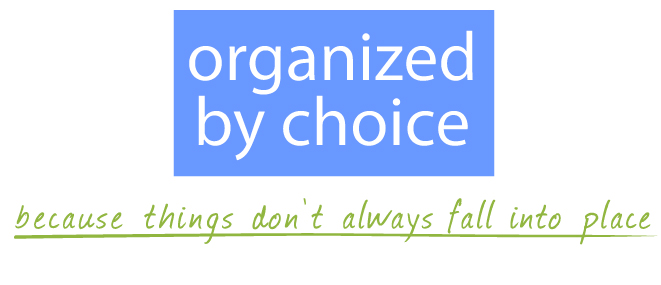My granddaughters LOVE books! I recently pulled out the American Girl series that belonged to their mom when she was little. While reading Meet Samantha to them, I realized my heart connection to that series wasn’t the books themselves, it was to the era of life with my own book-loving children.
Even though I wouldn’t call myself an avid reader, I still love books and probably have a few too many. How about you? Are books spilling off your shelves? Are there boxes of books in your garage or storage? What is this connection we have to books and why are we so resistant to letting go?
Laura Lippman is a novelist. In her article, “The Book Fairy,” (Real Simple Sept. 2018) she presents an interesting observation. People tend to define us by what they see on our bookshelves. From the time she left college with six cartons of books, she continually added until, at one point, her home, a storage unit, and the anteroom in her office were full.
Early in 2017 something changed. “I found myself looking at my shelves and realizing they were not, in fact, a mirror,” says Lippman. “If anything, they were a carefully curated and alphabetized lie.” The question changed from “What do my books say about me?” to “What do I have to say about my books?”
“Books,” Lippman decided, “deserve to be read, not preserved on shelves where they won’t be cracked open again in one’s lifetime.” She developed a clever and somewhat mysterious way of sharing her books. “It’s a mitzvah to pass along titles that I love,” she says, “a way of playing matchmaker between great writers and avid readers.” You can read about it online at www.realsimple.com/work-life/how-to-get-rid-of-books.
If, like Lippman, you’re ready to give your books what they deserve, follow these five Timely Tips.
Timely Tips - to organize your books
1. SPACE - Determine ahead how much space you're willing to allot to books. Maybe it's one or two books shelves. Maybe it a room devoted as a library. You decide and then choose to live within those boundaries.
2. PURGE & SORT - Rule #1: Don’t start reading as you’re organizing. You’ll never finish the job!
Remove the books from their shelves, boxes, piles, etc. Sort into keep, donate, and sell (if desired). Criteria for books to keep might include rare/collectibles, favorite authors, not yet read, life-changing, etc.
If your “I might read this someday” pile is huge, you most likely won’t. Chances are your interests have changed and there are current-interest books in your Amazon shopping cart waiting to replace them. For books you insist you’ll read, store them on a designated shelf with a read-by deadline. If you haven’t pulled them out to read by then, let them go.
Consider also the ease and availability to replace a book if you let it go and change your mind. Is it available at the library or on Amazon Prime? If it’s a resource book, can you find the information another way? Online perhaps?
3. DISTRIBUTE - Remembering Lippman’s motto “Books deserve to be read.” Here are some ways to share your bounty:
Sell Online— www.bookmooch.com, www.bookscouter.com, www.sellbackyourbook.com, www.bookstores.com, Amazon Trade-In Program
Sell to Used Book Stores—Book Nook, Hart’s Haven, A Book Barn
Donate to Friends of the Library
Donate to Thrift Stores—Salvation Army, Neighborhood Thrift, Rescue Mission Thrift, Thrift on Blackstone
4. CREATE HOMES - Once you’ve paired down to what you’ll read and cherish, consider the best placement. Cookbooks, craft books, children’s books, study books, and “coffee table” books should be placed in appropriate rooms according to use and ease of accessibility.
Bookshelves can be organized a number of ways:
Alphabetically – by author or title
Genre – fantasy, mystery, science fiction, history, self-help, etc.
Color or Height – aesthetically pleasing
Chronologically – by publication date, historical events, etc.
Frequency of Use – use easy access shelves for most-used books
A large number of books will require a more detailed system, perhaps combining some of the methods above.
Line up your books an inch or two from the outside edge. This will give your shelves a clean and organized look and allow air to circulate behind your books to prevent mold. Place large, heavy books at the bottom and bolt or strap all bookshelves to the wall to avoid injuries.
5. READ AND ENJOY!


